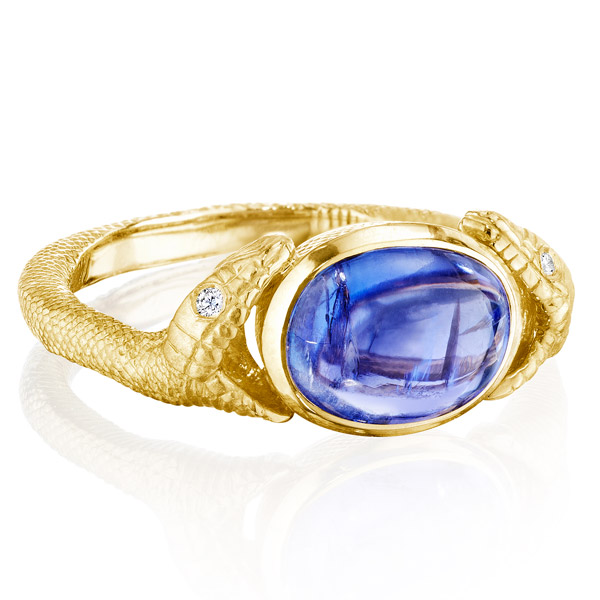
Yesterday on the blog, I came to the realization that turquoise can be wonderful this time of year (read here), despite the fact that the gemstone evokes the most heavenly summer vibes. What I’ve begun to understand is that turquoise, with as cool a hue as it has, and as perfectly paired with summer frocks as it is, is an equally compelling winter gem, helping us keep a little piece of summer around all year long.
December’s other birthstone, however, is perfectly evocative of winter. Oh beautiful, beautiful tanzanite, how I feel you have been underappreciated. Left aside in favor of tourmalines and opal, two other powerhouses of saturated color that thrill the senses and delight designers.
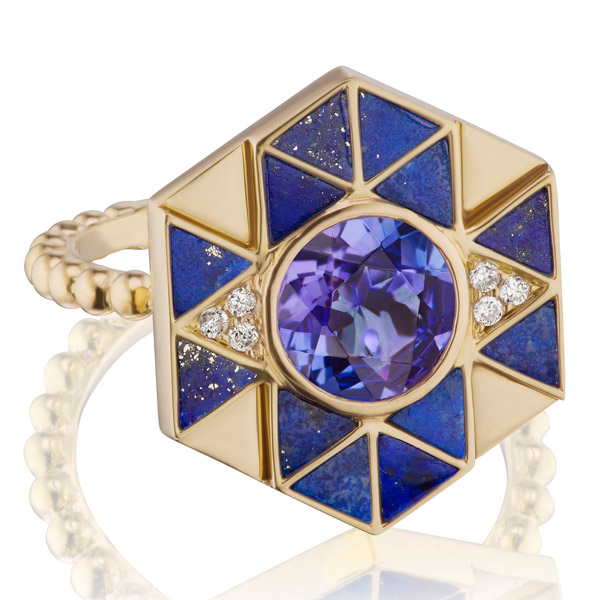
But it’s that perfectly purplish blue hue, in both its dark and light iterations, that makes tanzanite the absolute ideal winter gemstone. It’s like the season’s cold wind and icy snow captured in a stone, without the dreariness you’d expect. Imagine taking in the elegance of winter while encapsulated in your very own cocoon of warmth, enjoying the icy scene without feeling a hint of chill. That’s tanzanite.
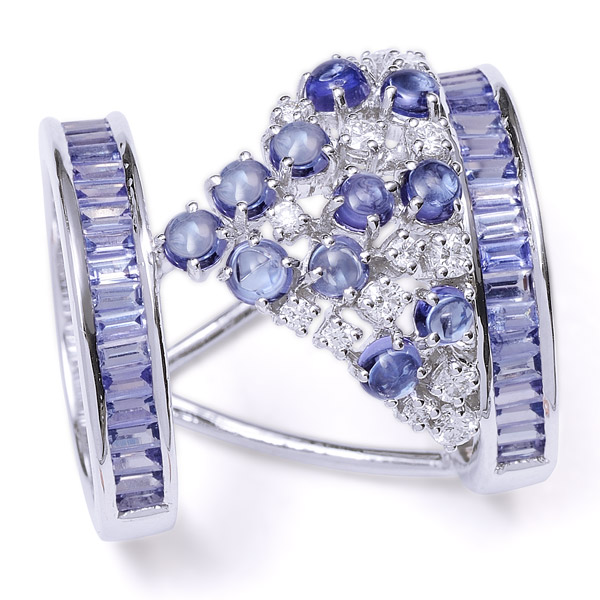
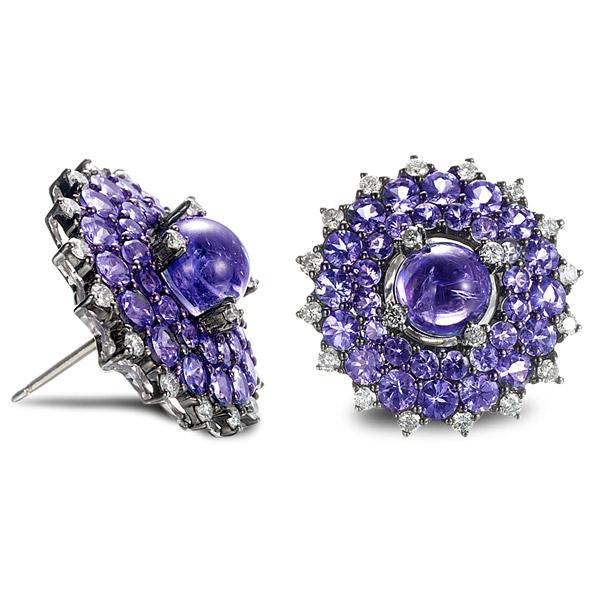
A (relative) many years ago, tanzanite fell victim to a weird bout of marketing, a common storyline, touted as the world’s most valuable stone, and one that was quickly running out. Get yours before they’re gone and forever be grateful you did! Don’t miss your chance to own your very own piece of tanzanite! This sort of pitch, which is steeped in some truth, seemed designed to create a sense of urgency around purchasing tanzanite jewelry, though I tend to think it worked against the jewelry, cheapening its value rather than truly enriching it. It was the kind of gift your grandmother would bring back from her 10-day cruise, an investment in your future, like that collection of gold-plated coins that promised to one day be worth a fortune.
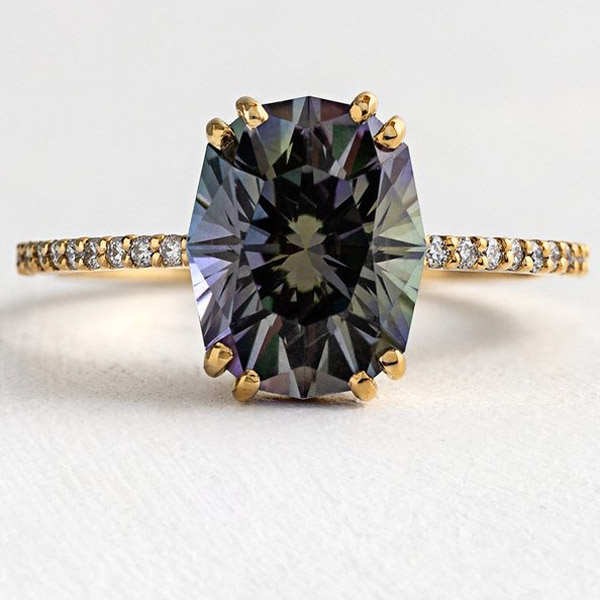
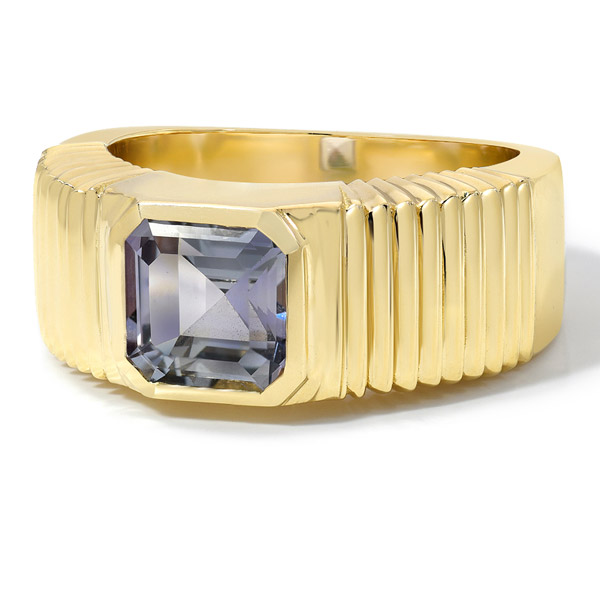
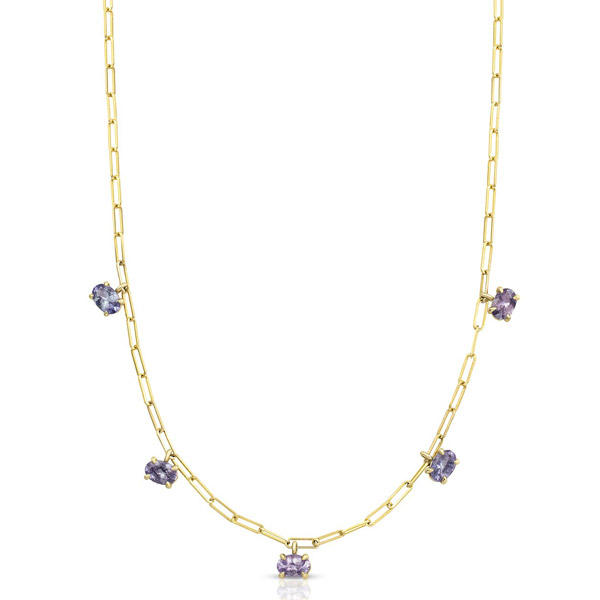
Tanzanite is only commercially mined in one place, so there’s absolute truth to those claims of its rarity. But like any gemstone, it has varying qualities, and the ones that are truly magnificent are wonders—and are priced accordingly. Tanzanite has a marvelous history, too. A relatively new gem on the block (if the late 1960s can be considered as such), tanzanite was first commercially distributed by Tiffany & Co., as prestigious a pedigree a new entry to the market can hope for.
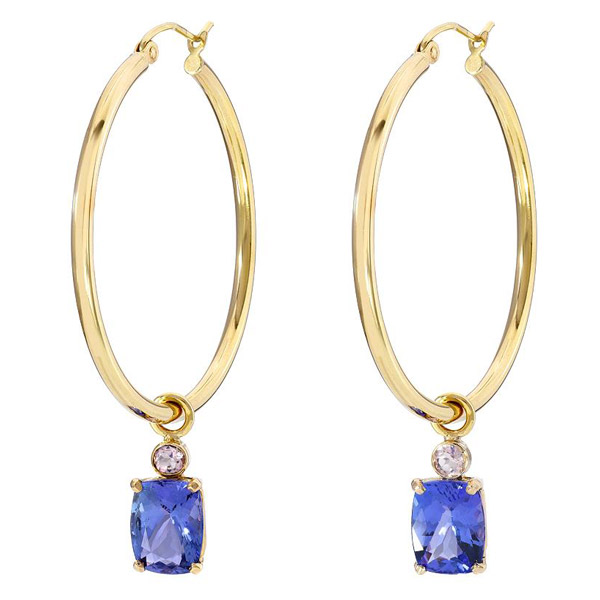
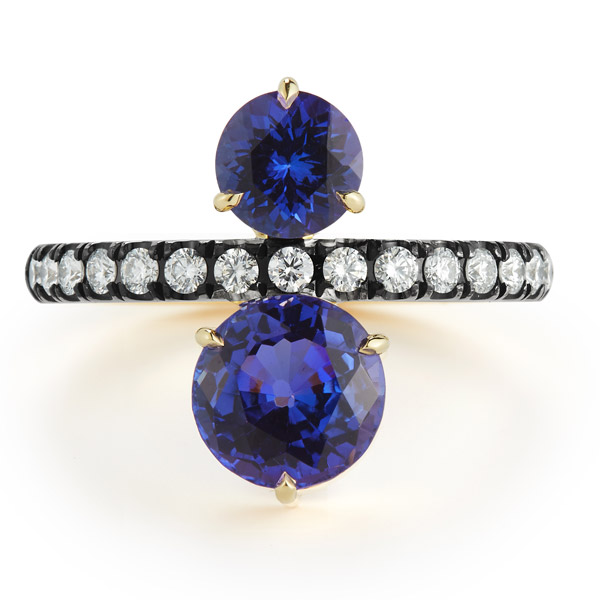
But the point is this: Customers shouldn’t have to succumb to the “jewelry as an investment” shtick. We wear jewelry because we love it, and tanzanite deserves to be adored for what it is: miraculously gorgeous. And, in many cases, yes, quite valuable. But setting it up for anything else just leads to disappointment and resentment, like that pile of (immaculate!) Beanie Babies in the basement of my mother’s house. Darn you, Princess Diana bear and the plastic case you sit in that cost a month’s allowance.
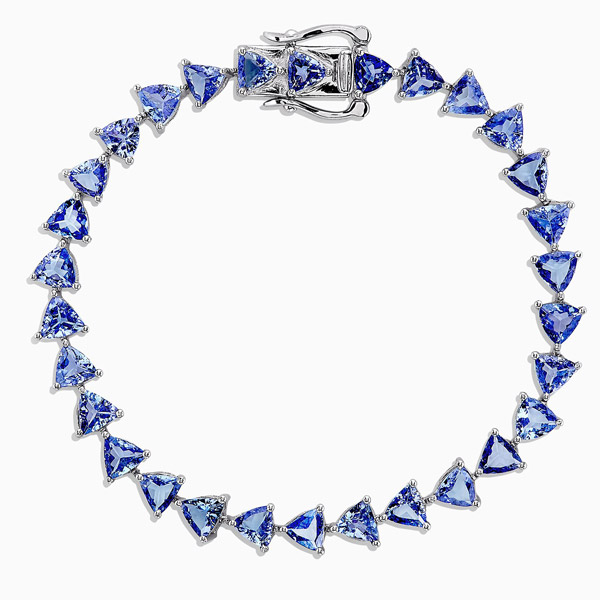
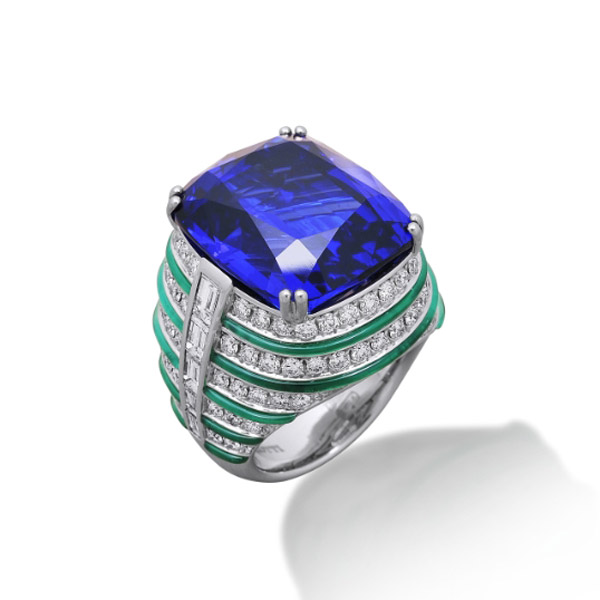
So let’s celebrate tanzanite because of its beauty, acknowledging its rarity because that’s important, but not making a big thing out of it to pressure customers. This kind of talk seems to have mostly died down, by the way, but it’s always sort of stuck with me in the back of my mind, and not in a good way. It doesn’t take much to fall in love with this enchanting winter’s stone—I most certainly have—and, based on the jewels featured here, I can’t imagine I’m the only one powerless to its presence.
Top: Double-headed serpent ring in 18k yellow gold with tanzanite and 0.04 ct. t.w. diamonds, $2,210; Anthony Lent
- Subscribe to the JCK News Daily
- Subscribe to the JCK Special Report
- Follow JCK on Instagram: @jckmagazine
- Follow JCK on X: @jckmagazine
- Follow JCK on Facebook: @jckmagazine